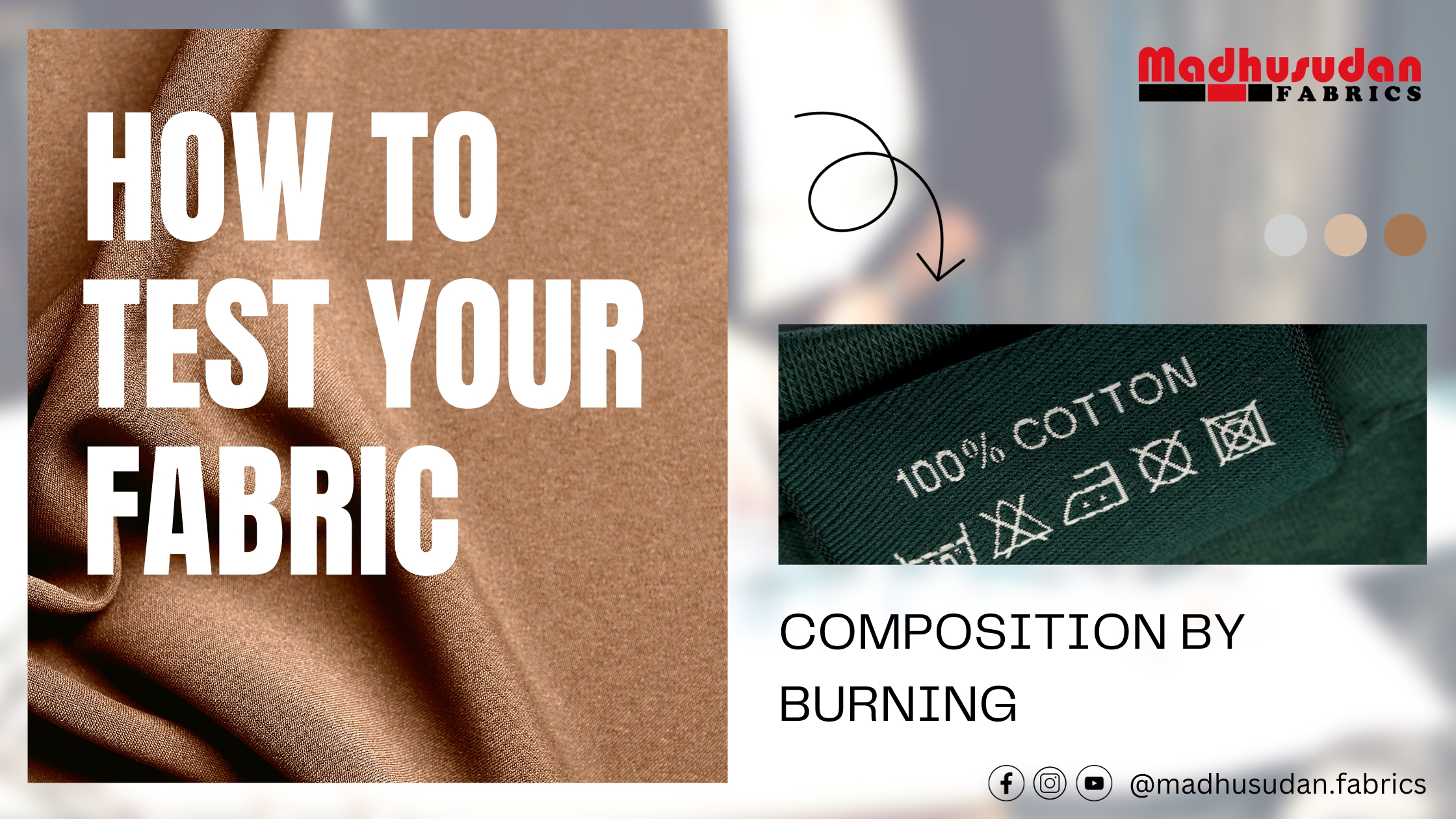Knowing the knitted fabric composition of your garment can be helpful for several reasons. For example, it can help you choose the right washing and drying settings, as well as determine how the garment will perform in different weather conditions.
One way to test fabric composition is by burning the fabric. This is a quick and easy test that can be done at home, but it is important to note that it is not always accurate. Additionally, this test should be done with caution, as burning some hosiery fabric can produce harmful fumes.
Materials:
- A small piece of the hosiery fabric to be tested
- A pair of tweezers
- A lighter or match
- A fireproof container
Procedure:
- Cut a small piece of fabric from the garment to be tested. The piece should be about 1 inch by 1 inch.
- Hold the piece of fabric in the tweezers and burn it with the lighter or match.
- Hold the burning fabric over the fireproof container.
- Observe the way the fabric burns, including the smell of the smoke and the residue that is left behind.
Interpretation:
Different types of fabrics burn in different ways. Here is a general guide to interpreting the results of a fabric burn test:
- Cotton: Cotton burns quickly and easily, with a bright yellow flame. It produces a white ash that crumbles easily.
- PC (Polyester+Cotton blend): PC burns slowly and evenly, with a yellow flame. It produces a hard, black ash that is difficult to crush.
- Polyester: Polyester burns like plastic slowly and melts, with a black flame. It produces a hard plastic ball without any ash.
Important safety notes:
- Be careful when burning fabric, as it can produce harmful fumes.
- Always burn fabric in a fireproof container.
- Do not burn fabric near other flammable materials.
- If you are unsure how to interpret the results of a fabric burn test, it is best to consult a professional.
Conclusion:
The hosiery fabric burn test is a quick and easy way to get a general idea of the fabric composition of a garment. However, it is important to note that this test is not always accurate. Additionally, this test should be done with caution, as burning fabric can produce harmful fumes.

